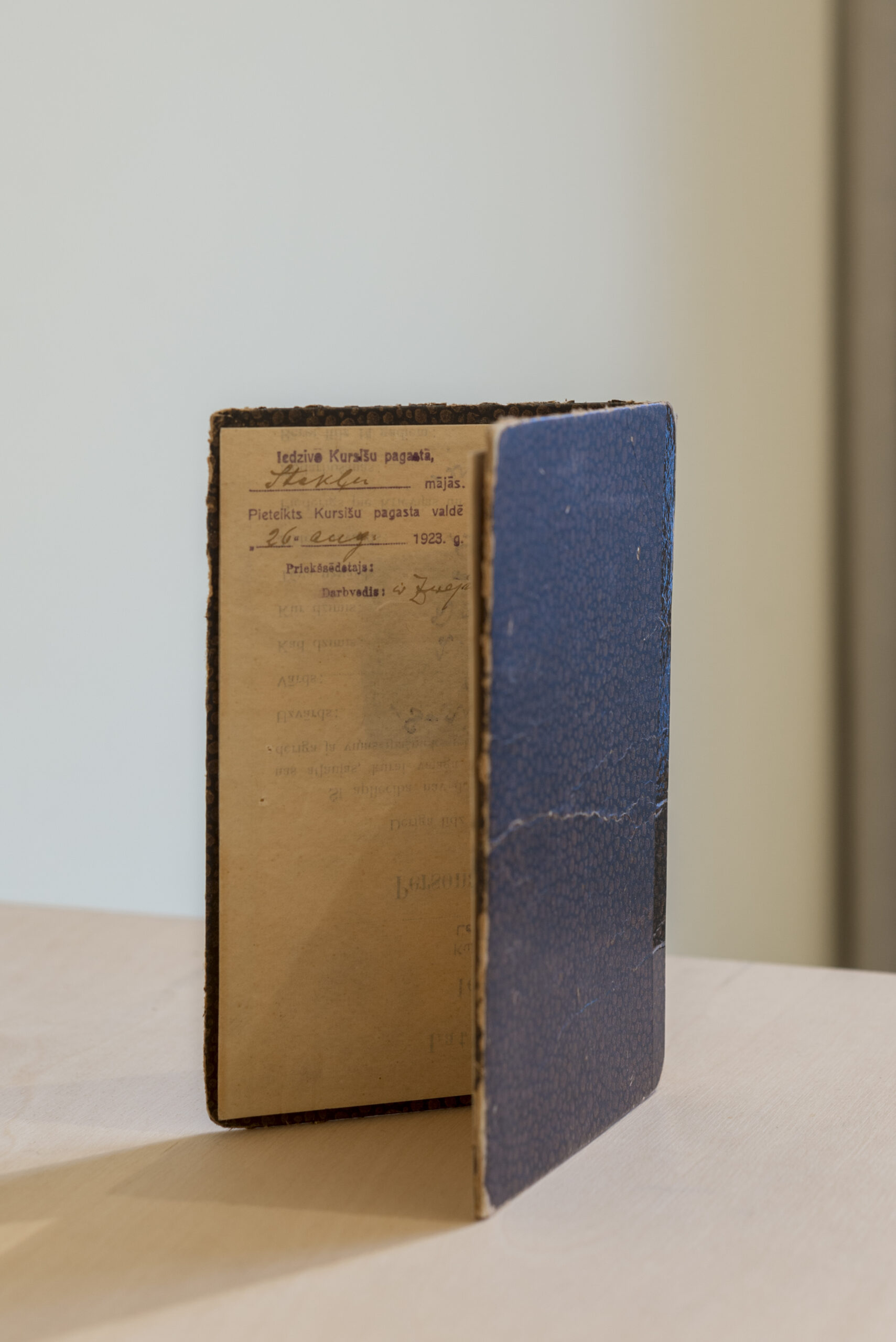Nansen Passport
League of Nations
1922-1938

1922-1938
The Nansen passport, named after Fridtjof Nansen, a Norwegian explorer, scientist and diplomat, was first issued in 1922 by the League of Nations (precursor of the United Nations), after international agreement, on the initiative of Nansen in his role as High Commissioner for Refugees. From 1922 to 1938, the Nansen passport was an internationally recognized refugee travel document.
It was created in response to the large number of refugees and stateless individuals left without proper documentation after the First World War and the Russian Revolution. The document aimed to provide them with a recognized identity and travel document, facilitating their movement and access to basic rights. It was widely accepted by countries and organizations and helped many people to find new homes and opportunities.
While the Nansen passport is no longer issued, its historical significance lies in its contribution to the protection and assistance of stateless individuals during a critical period in history. At the same time, it has an urgent significance in the context of the current refugee crisis, with millions of people displaced due to conflict, persecution, climate change, and other factors. The need for a present-day equivalent of the Nansen passport feels greater than ever, yet with a crumbling international order sadly seems further out of reach than in the 1920s.
Courtesy FENIX Collective, Rotterdam